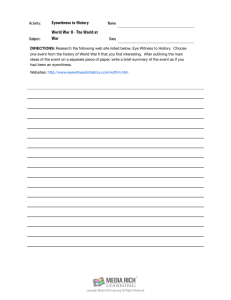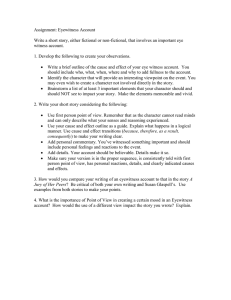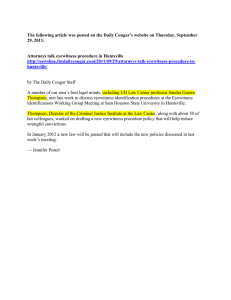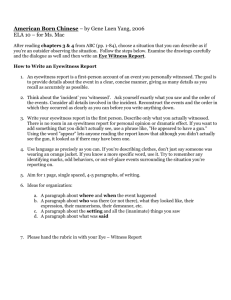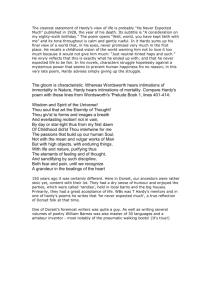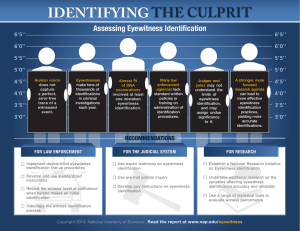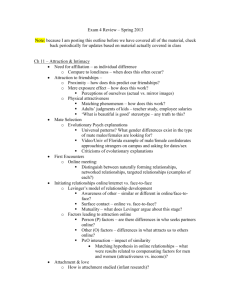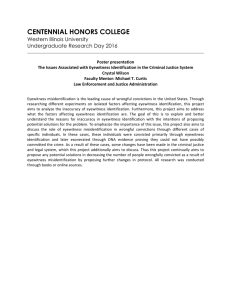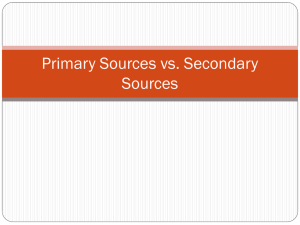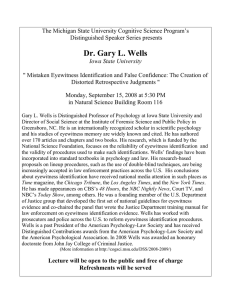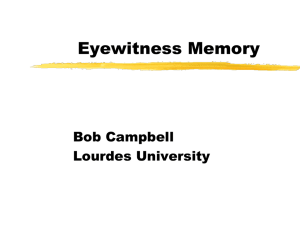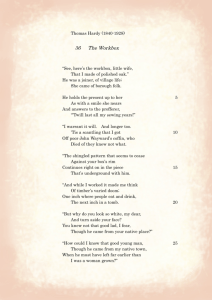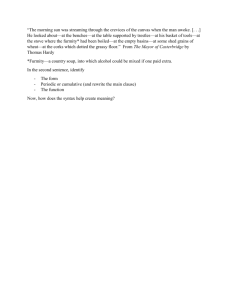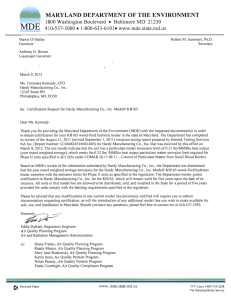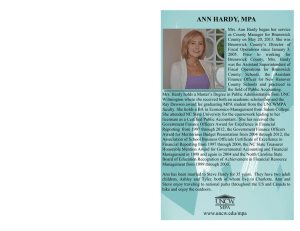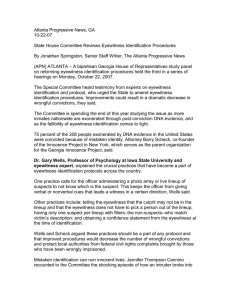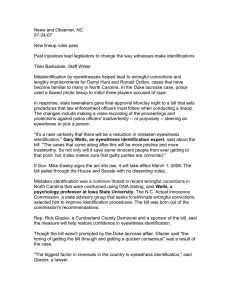Primary and Secondary Sources
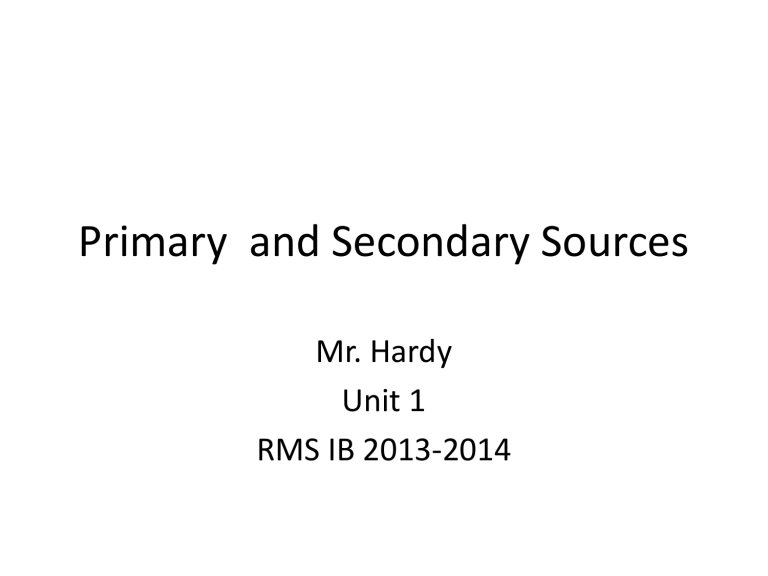
Primary and Secondary Sources
Mr. Hardy
Unit 1
RMS IB 2013-2014
Agenda:
OBJ: Students will be able to determine the difference between primary and secondary historical documents by completing an analysis of both a primary and secondary source document.
Agenda:
1. Warm Up
2. Notes- Primary v. Secondary Sources
3. Activity using Primary and Secondary Sources
4. Reflection
HW: Review all notes on Ms. Hardy’s wiki… quiz next week!
Let’s think about this…
• How do you normally conduct research? What sources do you use and where do you find those resources?
• How do you think people researched before the internet?
• What do you think historians and archeologists use to gather information?
• What might make a source better than others?
Primary Sources are …
Original, firsthand accounts of historical incidents
Usually written/created by someone who was either involved in or witnessed the historical event.
Examples of Primary
Sources:
Letters
Diaries
Speeches
Interviews
Autobiographies
Maps
Photos
Newspaper articles
Treaties
Government documents
Secondary Sources are…
Offer interpretations or analysis of the primary source material.
They are secondhand accounts of historical events.
Examples of Secondary
Sources:
Textbooks
Reports
Articles
Biographies
Books
Commentaries
Magazines
Encyclopedias
Editorials
Evaluation of a Resource
• How do I know if a resource is a primary or secondary source?
– Ask the following:
• How does the author know these details?
• Was the author present at the event?
• Where does the information come from?
Eyewitness account? Personal experience? Reports written by another person?
1.
Primary or Secondary?
2.
3.
4.
5.
Primary and Secondary Sources
• Glue the primary and the secondary source in your IN per Mr. Hardy’s instructions.
Directions:
• Underline anything in the first source that helps you determine that it is a primary source.
• Answer the following questions, in complete sentences, for the document:
– Is the source primary or secondary?
– Where does the information come from? Eyewitness account? Personal experience? Reports written by another person?
– What key words did you find in the document to let you know that it was primary or secondary?
Primary and Secondary Sources- Part 2
• Underline anything in the second source that helps you determine that it is a secondary source .
• Answer the following questions, in complete sentences, for the document:
– Is the source primary or secondary?
– Where does the information come from? Eyewitness account? Personal experience? Reports written by another person?
– What key words did you find in the document to let you know that it was primary or secondary?
Activity- Personal History
Now it’s your turn to create primary and secondary sources.
• Part 1Write an account of something that happened to you. This account should be historically accurate and 1 paragraph. PRIMARY
SOURCE
• Part 2- Now, write a 1 paragraph summary about an historic event.
It can be anything. This is not a personal account. It should be something that you have learned about history. Be sure to give your reader clues that this is a secondary source.
SECONDARY SOURCE
Reflection
• Use the last 10 minutes of class to reflect on what you learned during this class period.
• Guiding Question: Show me the difference between a primary source and a secondary source.
